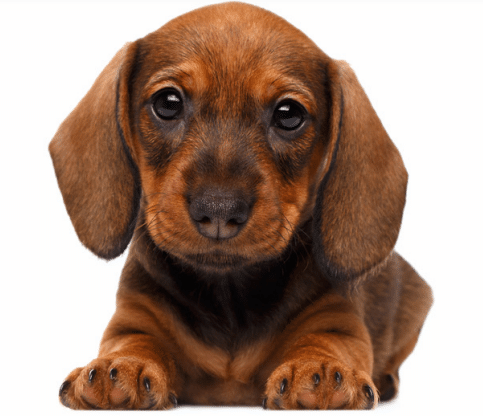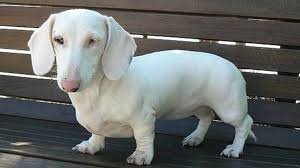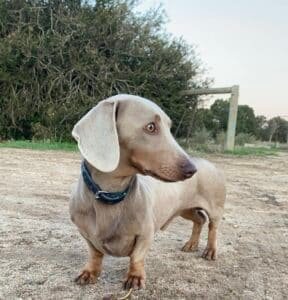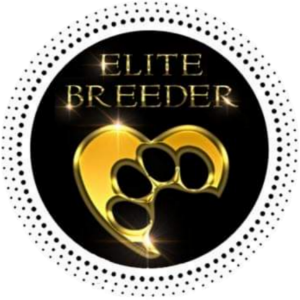
Dachshunds are cherished for their charming appearance and spirited personalities, but not all
coat colours and patterns are officially recognised by kennel clubs like the Australian National
Kennel Council (ANKC). Among these undesirable colours, the piebald, double dapple, and
Isabella Dachshunds stand out, not only for their unique looks but also for the potential health
issues associated with them. You can read about DogsAustralia Dachshund standard here
 The piebald Dachshund features a distinct coat pattern with large, white patches set against a
The piebald Dachshund features a distinct coat pattern with large, white patches set against a
solid colour, such as black, red, or chocolate. Unlike the dapple pattern, where the colour appears
mottled or speckled, piebald Dachshunds have more clearly defined areas of colour and white.
This pattern is visually striking and can create a unique and appealing appearance, which has led
to its popularity among some Dachshund enthusiasts.
However, piebald Dachshunds are not recognised by the DogsAustralia, although other countries do. Breeders who are ANKC registered normally don’t have piebold puppies, unless they are a genetic throwback from previous generations.
The double dapple Dachshund is the result of breeding two dapple Dachshunds together, usually done by unscrupulous breeders in order to increase the number of dappled puppies in a litter.
Double dappled dachshunds have coat with large white areas mixed with the dapple pattern. The white areas can be so large that dog appears white. 
However, the double dapple pattern comes with significant health risks.
One of the primary concerns with double dapple Dachshunds is the increased risk of congenital
defects, particularly affecting the eyes and ears. Dogs with this pattern are more likely to be born
with vision and hearing impairments, including partial or complete blindness and deafness. These
issues arise because the double dapple gene can cause a lack of pigmentation in areas where it is
needed for normal development. This risk is why many breeders and kennel clubs discourage the
breeding of two dapple Dachshunds and why the double dapple pattern is not recognised.
 The Isabella Dachshund, also known as fawn or lilac, is a dilute version of the chocolate colour,
The Isabella Dachshund, also known as fawn or lilac, is a dilute version of the chocolate colour,
resulting in a light brown or fawn-like appearance. This colour is not recognised by the ANKC and
comes with its own set of potential health concerns. The dilution gene responsible for the Isabella
colour can lead to a condition known as Colour Dilution Alopecia (CDA), which causes hair
thinning and loss, as well as skin issues.
Isabella Dachshunds with CDA may experience brittle or sparse fur, particularly on the back and
ears, and can be prone to skin infections. While not all Isabella Dachshunds will develop CDA, the
risk is significant enough that potential owners should be aware of it when considering this colour. You can find out more about dilute colours here.
Responsible breeders never knowingly breed dogs with dilute colouring because of the associated health risks.



DogsAustralia Registered
DogsTasmania Member #7100006487
Please check our legitimacy using Member number and prefix name Cidaq HERE